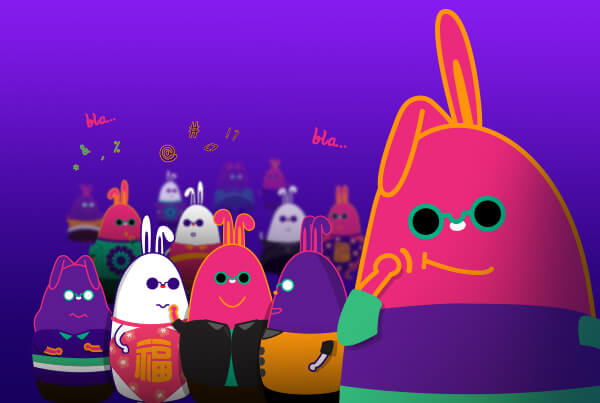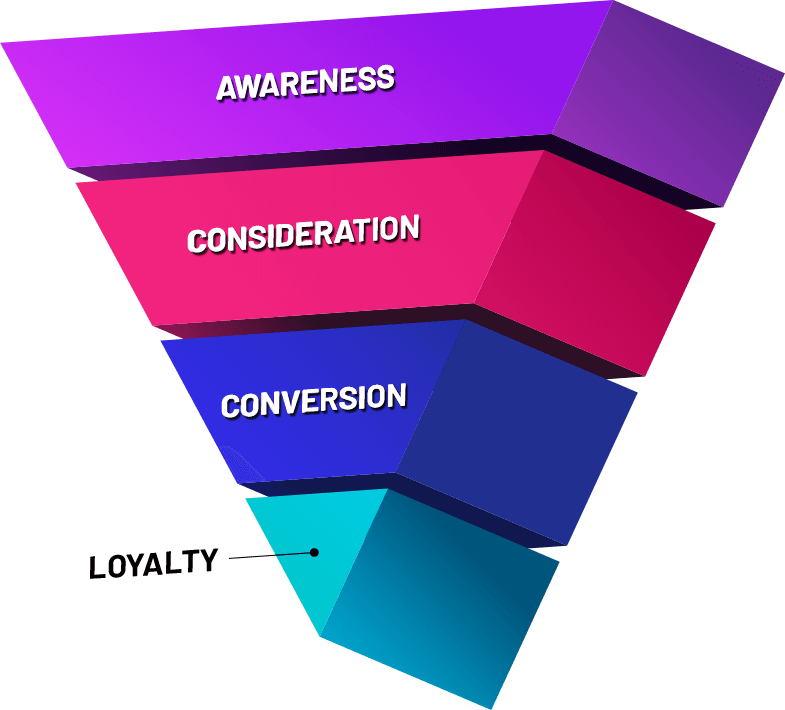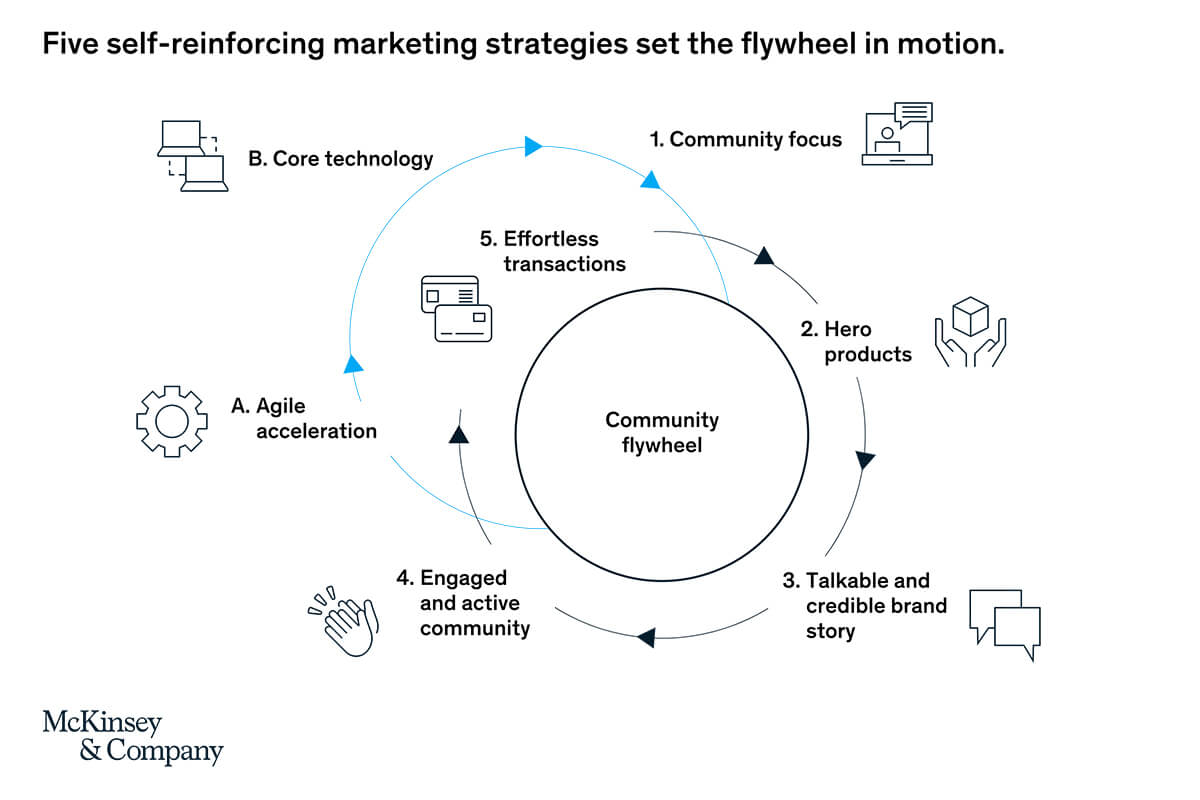
Today’s market is a war-like landscape, with brands competing against one another everywhere you look. To build a successful brand, companies require more than just a great product or service. Most brands neglect their community, focusing heavily only on talking to their audience through product sharing and promos, and not listening to their audiences’ thoughts, wants, and concerns which would drive rewards and long-term brand loyalty. The brands that can truly thrive are those with a clear understanding of their community and are able to connect to them.
So, what are communities and fanbases? How do they function to benefit a brand?
Brand communities and fanbases1 are groups of loyal customers or fans who share a common interest, passion, or affiliation with a particular brand. They are formed around a brand’s products, values, cultures, or mission, and are characterised by active engagement, shared experiences, and a sense of belonging among members. A few global brand examples are Adidas with their Creators Club, or Starbucks with Starbucks Rewards.
On a local level, we can look at Chucks’ recently launched Chucks n’ Pals or Moom Health’s Club Moom2 and Wellness Events3. These brands were able to create hype and generate talkability which in-turn built their brand loyalty through community-based events and community engagement content on social media.
Traditional Marketing vs. New Marketing Approach
The focus on community building for brands takes on a different approach in comparison to the traditional way of advertising through a marketing funnel. There are four stages in a traditional marketing funnel.4

As we can see, traditional marketing focuses on the first three stages with loyalty coming last, but that is precisely where communities are built on.
A strategy that centers around community building however, is the McKinsey Flywheel.

Unlike the traditional marketing funnel, which is linear and transactional, the Flywheel5 emphasises the circular nature of customer interactions and the importance of customer retention and advocacy as the key drivers of a brand’s growth.
To break it down, how does this approach benefit you more than a traditional marketing funnel?
- Customer-centricity: The Flywheel places the customer at the center, building exceptional customer experience and long-term relationship.
- Positive Feedback Loop: Creating a positive loop of engagement, satisfaction, and advocacy allows brands to retain repeated customers in a cycle of product, services, and customer experiences improvement.
- Holistic Approach: The Flywheel considers all aspects of the consumer journey, allowing brands to optimise the entire consumer experience, rather than just focusing on acquiring new customers.
- Community Building: As the Flywheel centers itself around the brands’ community, it focuses on building a place where customers can engage, share experiences, advocate for the brand, and foster a sense of loyalty. The community is also able to produce user-generated content that drives word-of-mouth marketing. This will be more effective and cost-efficient than traditional advertising in the long run.
- Long-term Growth: By prioritising customer-retention and advocacy, brands can reduce customer churn, increase customer lifetime value, and achieve higher customer satisfaction, leading to a strong foundation for future growth.
Chuck’s: Our Community is Everything
A skincare brand launched by an influencer or a celebrity may rise fast, but it fades out equally as fast. Jane Chuck’s brand6 was able to leverage on her identity to first launch itself but she understood the
importance of community for her brand/business longevity. That is why she started the trend of community events.
In February 2023, they hosted a slew of workshops for their Chucks’ N Pals (the name of their community that was launched in telegram) titled “Did It For Love”7. Playing into the theme of love languages: Words of Affirmation8, Quality Time9, Acts of Service10, Physical Touch11, and Gifting12, they were able to leverage on their community of millennials and gen-z’s interests to build events that also coincided with the launch of their exclusive bundles.
View this post on Instagram
View this post on Instagram
Source: Chucks.co Instagram | Did it For Love7 and Words of Affirmation14
In summary, by creating a safe space for their customers to share their interest, converse, and engage, Chucks was able to build loyalty, brand recognition, customer retention (and growth), allowing what was originally just labelled as an “influencer brand” to turn into a force in new-age marketing, and “more than just an influencer brand”.
Conclusion
By focusing on community building and embracing the Flywheel, brands can create a more robust and resilient business model in comparison to the traditional marketing funnel, one that we might debate on if it might eventually be obsolete — but that is a debate for another day.
If you’re looking for help getting connected with your community, get in touch.
References:
-
- 1 Bazaar Voice | Building a Brand
- 2 Moom Health | Club Moom
- 3 Moom Health | Wellness Events
- 4 Sprout Social | Marketing Funnel
- 5 McKinsey | Community FlyWheel
- 6 Chucks | Instagram
- 7 Chucks | Did it for Love
- 8 Chucks | Words of Affirmation
- 9 Chucks | Quality Time
- 10 Chucks | Acts of Service
- 11 Chucks | Physical Touch
- 12 Chucks | Gifting
- 13 Chucks | Words of Affirmation Video


